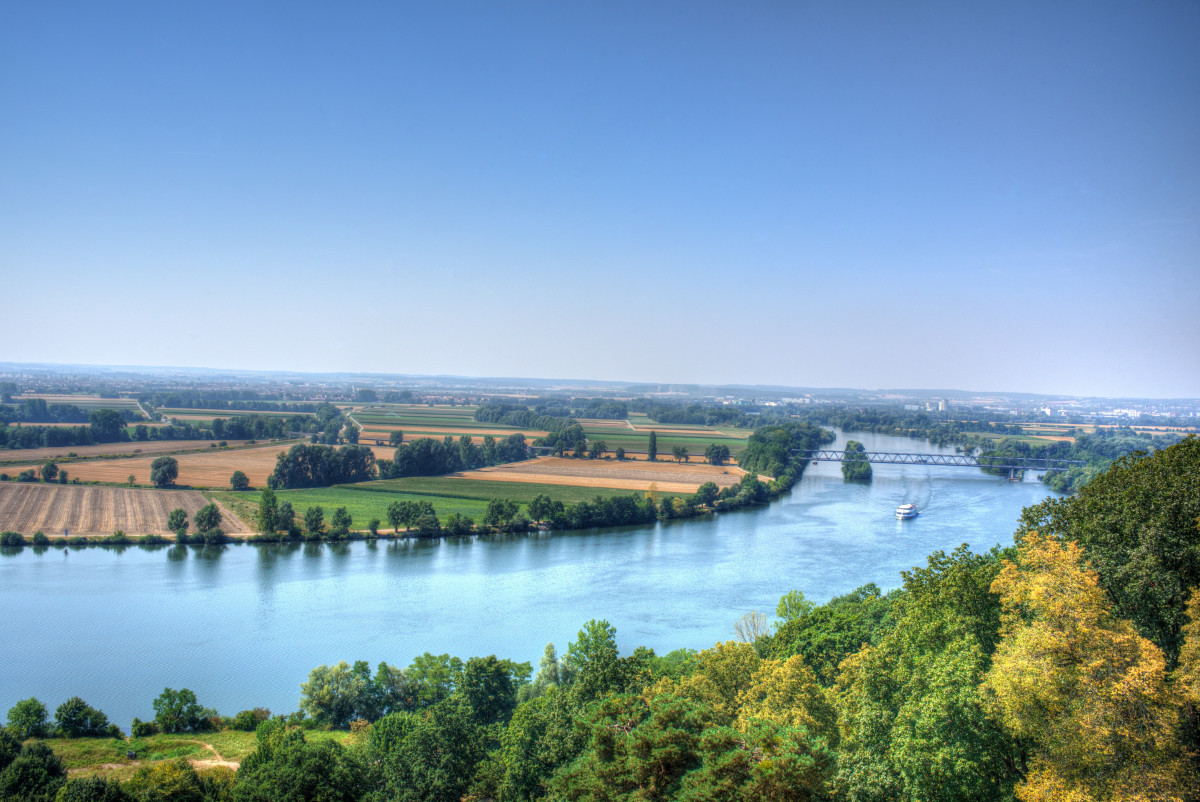Travel: General knowledge about the peculiarities of the Danube
The source of the Danube is in the Black Forest. There is disagreement about where exactly: Both the source next to the castle of Donaueschingen and the confluence of the small rivers Breg and Brigach feed the Danube – Brigach and Breg bring the Danube to the way, says a mnemonic.
At 2850 km, the Danube is the second longest river in Europe. The dispute over the correct source of the Danube has led to the fact that, in contrast to rivers with a clear source, they are measured backwards from the mouth.
The Danube flows partly as a border river through Germany, Austria, Slovakia, Hungary, Croatia, Serbia, Romania, Bulgaria, Moldova and Ukraine and flows into the Black Sea. A number of European capitals lie on its shores, e.g. B. Vienna, Bratislava and Budapest.
Almost all river names are derived from early names for brook, river or similar, presumably also “Danube”. Researchers suspect that the name has its origins in the language of the Celts, who once lived in the headwaters. There was Dona-aw for “deep water” and Do-avv for “2 waters”, which could refer to the 2 headwaters. A relationship with the Indo-European danu = river is also possible. Here there was the ending -ouwe, a feminine term for floodplain or river. With the Romans, the Danube had the masculine name of the river god Danuvius.
What does the Danube tell about humanity?
Researchers assume that the Danube is the first river in the world to be traveled by people, as its banks show ancient traces of human settlement history. In 1965, archaeologists excavated around 9,000-year-old dwellings on the right bank of the Danube. Graves, houses, hearths, weapons and jewelry are evidence of a highly developed culture.
